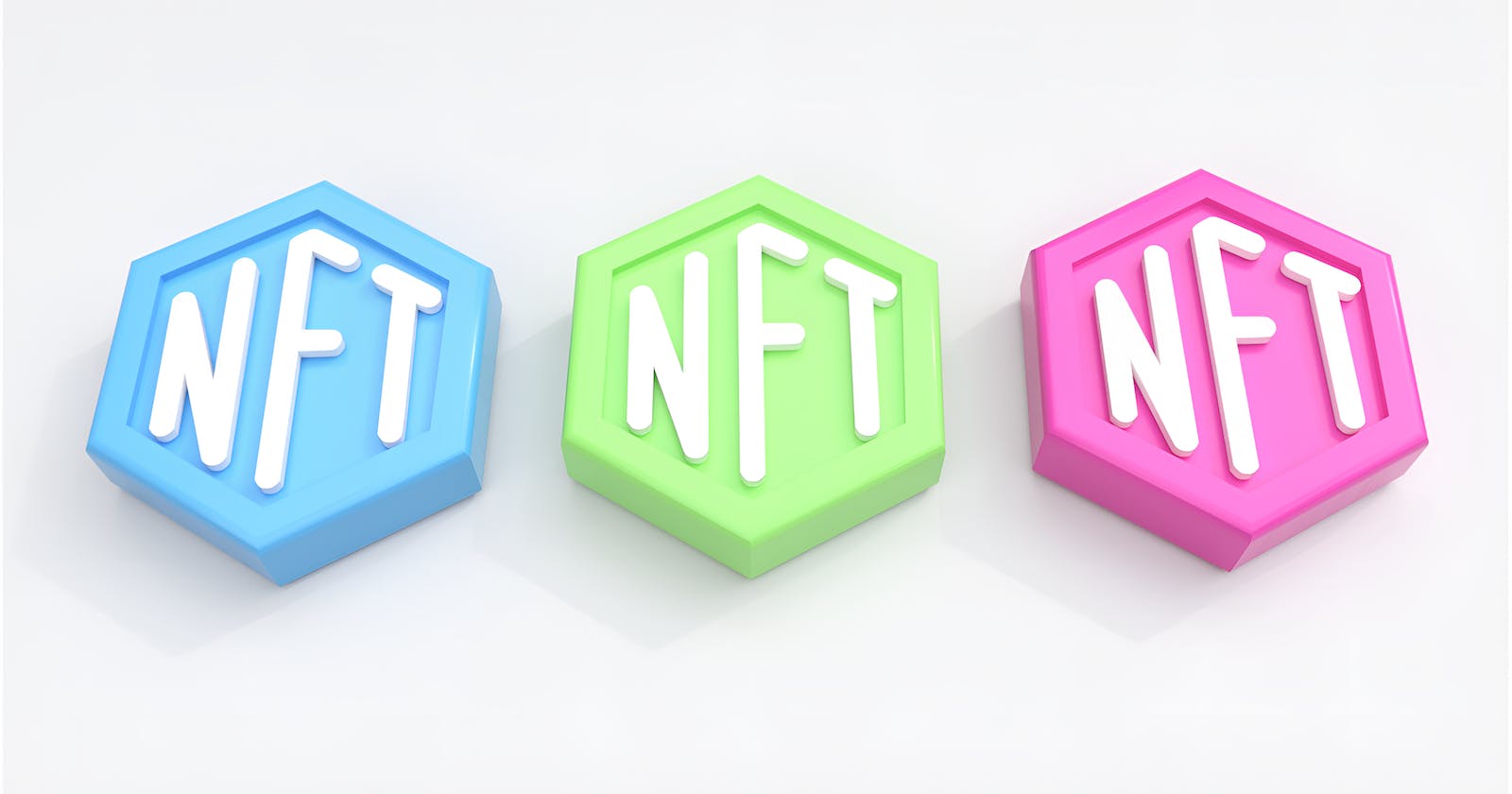Learning about NFTs (Non-Fungible Tokens) involves understanding the underlying blockchain technology, smart contracts, and the specific standards and protocols associated with NFTs. Here's a step-by-step guide to help you get started:
Understand Blockchain Basics:
Learn the fundamental concepts of blockchain technology. Understand how it works, its decentralized nature, and its use of cryptography.
Familiarize yourself with popular blockchains used for NFTs, such as Ethereum, Binance Smart Chain, or others.
Learn about Ethereum and Smart Contracts:
Ethereum is a popular blockchain for NFTs. Learn about Ethereum's architecture and how it enables the creation of smart contracts.
Understand the basics of Solidity, the programming language used for creating smart contracts on Ethereum.
Explore NFT Standards:
- NFTs are often based on specific standards. The most common standard for NFTs on Ethereum is ERC-721. There's also ERC-1155, which supports both fungible and non-fungible tokens.
Get Hands-On with Development:
- Start coding and creating your own smart contracts. Develop a simple NFT contract to understand the process of creating and interacting with NFTs on a blockchain.
Use Development Tools:
- Familiarize yourself with development tools and frameworks commonly used for NFT development. Tools like Remix, Truffle, and Hardhat can be helpful.
Explore NFT Marketplaces:
- Look into popular NFT marketplaces such as OpenSea, Rarible, or Mintable. Understand how these platforms function, how NFTs are bought and sold, and the role of smart contracts in these transactions.
Follow Industry News and Trends:
- Stay updated on the latest news and trends in the NFT space. Follow key influencers, projects, and developments to gain insights into the evolving landscape.
Join Communities:
- Join online communities related to NFTs. Platforms like Discord and Twitter often have active communities where you can engage with other learners, developers, and industry experts.
Explore Use Cases:
- Explore various use cases for NFTs beyond digital art, such as gaming, virtual real estate, and tokenizing real-world assets. This will give you a broader understanding of the potential applications of NFTs.
Continue Learning:
- NFT technology is continually evolving. Stay curious and keep learning about new developments, standards, and best practices in the NFT space.
Remember that hands-on experience and experimentation are crucial in understanding NFTs. Start with simple projects and gradually progress to more complex ones as you become more comfortable with the technology.
Thanks for reading, If you’d like to see more posts on Nfts, Blockchain, Web3, Linux, Python, Git, GitHub and Cybersecurity, follow me on my social media handles.


